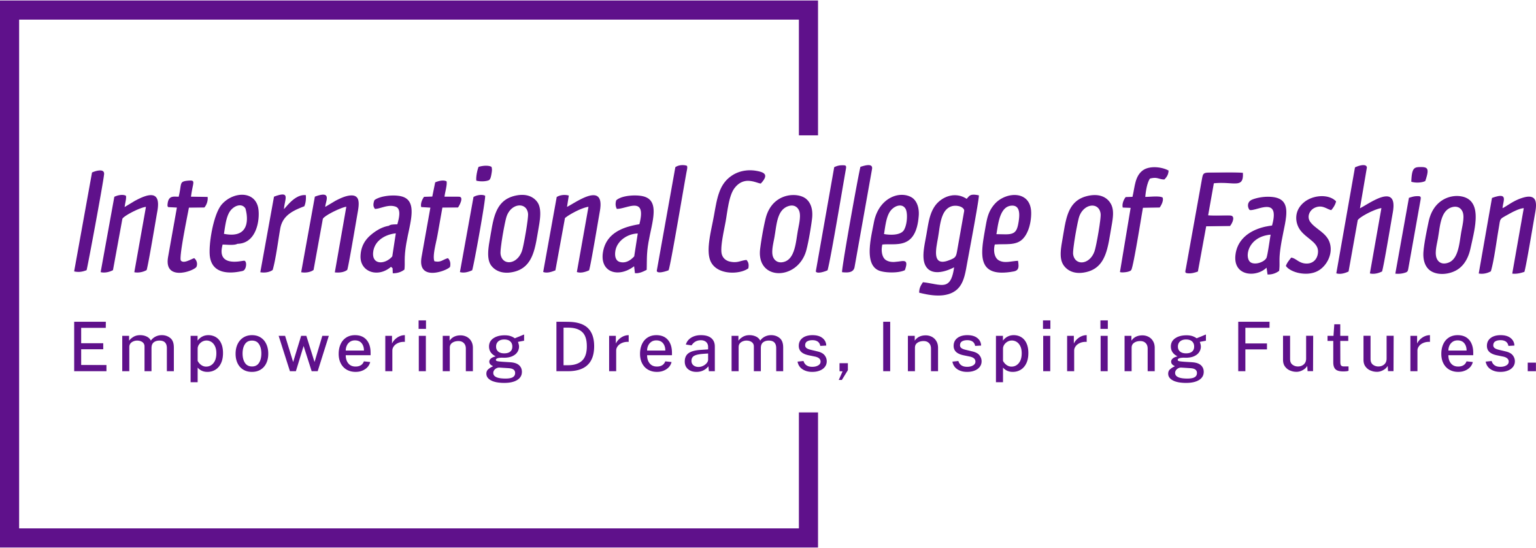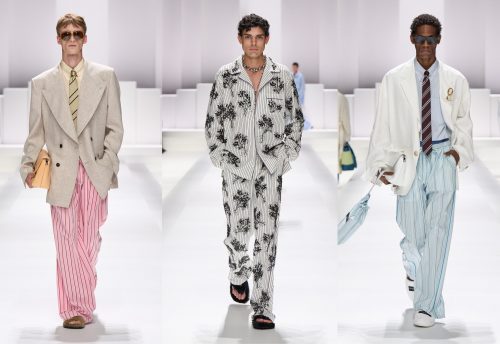
Selecting the Ideal Fashion Design & Technology Course: A Comprehensive Guide
Introduction
The world of fashion design is vibrant, dynamic, and brimming with creativity. It’s a realm where art, culture, and innovation intersect. Choosing the right fashion design course is your first step toward building a career in fashion. But how do you make this crucial decision? Here is a comprehensive guide to help.
Understanding What a Fashion Design & Technology Course Entails
A fashion design course is not just about sketching beautiful clothes. It’s much more. It involves understanding textiles, colors, and patterns. It’s about learning design software, sewing techniques, and patternmaking. A good course will also cover fashion history, current trends, and future forecasts. It will also provide details on the business side of fashion, like marketing and retail.
Factors to Consider While Choosing a Fashion Design & Technology Course
Choosing the right fashion design course can shape your career path. It’s an important decision. Here are some factors to consider:
Evaluate your personal interest and career goals: Are you more interested in design, production, or the business side of fashion? Do you see yourself working in a significant fashion house or starting your label? Understanding what you want can guide you in choosing the right course.
Assess the course content and curriculum: Does the course cover all aspects of fashion design? Does it balance theory and practical knowledge? A comprehensive curriculum is essential to get a well-rounded education.
Importance of the faculty’s expertise and industry experience: Faculty with industry experience can provide practical insights. They can guide you about the real-world challenges of the fashion industry.
Check the institution’s credibility and ranking: The institution’s reputation matters. Look at their alum success stories. Check their order in reputable education lists.
Importance of the infrastructure and facilities: A good design studio, sewing labs, and libraries can enhance your learning experience.
Types of Fashion Design Courses
There are several types of fashion design courses to consider. These include:
Diploma in Fashion Design: This is often a one-year course covering the basics of fashion design. It’s a good starting point if you want to get a know-how of the fashion industry.
Bachelor’s Degree in Fashion Design: This is typically a three to four-year course. It offers a more comprehensive understanding of fashion design. It covers advanced design techniques, fashion marketing, and more.
Master’s Degree in Fashion Design: This two-year course is suitable for those who want to specialize in a particular area of fashion. It requires a bachelor’s degree.
Scope of a Fashion Design & Technology Course in India
The Indian fashion industry has recently seen a meteoric rise, gaining international acclaim and recognition. Coupled with an ever-increasing demand for innovation and style, this makes fashion design an appealing choice for creative minds. But what does a career in fashion design entail, and what opportunities can a fashion design course in India open for you? Let’s explore.
Fashion design courses in India train students with the appropriate skills and knowledge to thrive in the industry. These courses not only cover the technical aspects of fashion design, like pattern making, tailoring, and illustration but also delve into the strategic and commercial side of the industry.
A good fashion design course paves the way for many career opportunities. The most apparent is the role of a fashion designer, where you can work with established fashion houses or start your label. Designers can specialize in different types of clothing like haute couture, ready-to-wear, or even specific areas like bridal wear or menswear.
Fashion Styling
Another avenue is fashion styling. Stylists work closely with photographers, models, fashion designers, and makeup artists to create a specific look or theme for photoshoots, fashion shows, or advertising campaigns. Sharp insight into details, an understanding of color, and knowledge of fashion trends are crucial for this role.
Fashion Merchandising
The role of a fashion merchandiser is another promising opportunity. This role involves predicting fashion trends, deciding the type and quantity of products to stock, and strategizing product placement.
Fashion Journalism
Fashion journalism and blogging are other fields that have gained immense popularity recently. It involves writing about the latest trends, reviewing fashion shows, profiling designers, and providing fashion and style advice.
Textile Designing
A textile design career might be appealing to those with a keen interest in fabric intricacies. Textile designers are responsible for creating designs for both printed and woven fabrics.
Other opportunities
Finally, with the rise of digital media, new-age roles like fashion photographers, fashion influencers, and fashion marketing specialists are also gaining traction.
The expansion of the Indian fashion industry is unstoppable. As per the Indian Brand Equity Foundation (IBEF), the textile and apparel industry may reach $223 billion by 2021, indicating a robust growth trajectory. The demand for trained, creative, and innovative fashion professionals will continue growing.
Furthermore, with its rich textile heritage and traditional craftsmanship, India is a unique place to study fashion design. The opportunity to blend these traditional techniques with modern design elements can result in amazing collections that tell a story.
A fashion design course in India offers opportunities for those who are passionate, creative, and willing to work hard. The sky’s the limit when it comes to fashion design, and with the proper guidance and skills acquired through a robust fashion design course, you can genuinely make your mark in this vibrant industry.
Exploring ICF’s Fashion Design Courses At ICF, we offer a range of fashion design courses. Our curriculum is comprehensive and industry oriented. We balance theoretical knowledge with practical skills. Our faculty members are industry professionals who bring valuable experience to the table. We also offer a heightened infrastructure and facilities for our students.
Conclusion
Choosing the right fashion design course is like selecting the perfect fabric. It’s a crucial decision that can shape your career. Take your time, do your research, and make an informed choice. Remember, a good fashion design course will not only teach you about fashion but also about perseverance, problem-solving, and the art of storytelling. The world of fashion design is waiting for you. Choose wisely, and let your creative journey begin.



